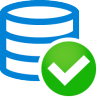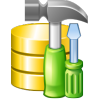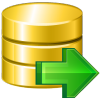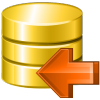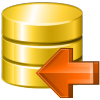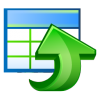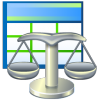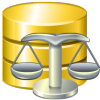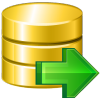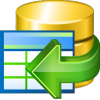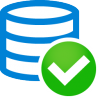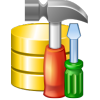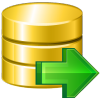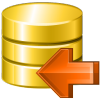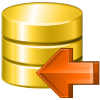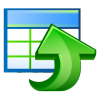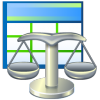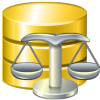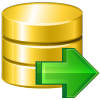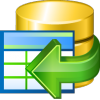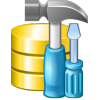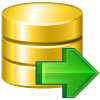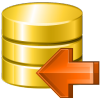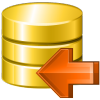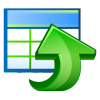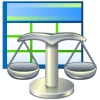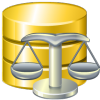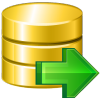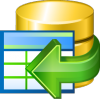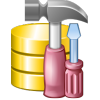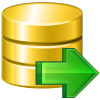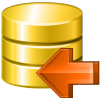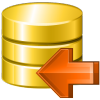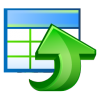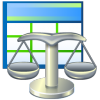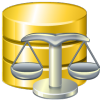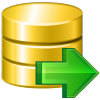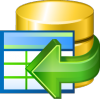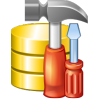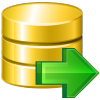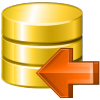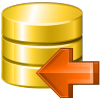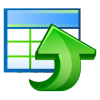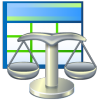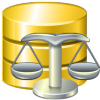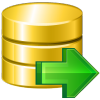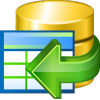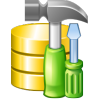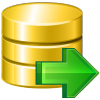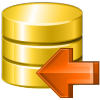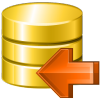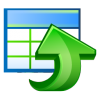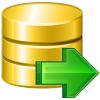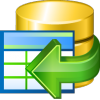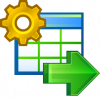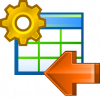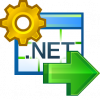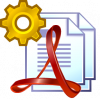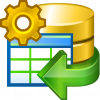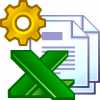EMS SQL Manager for DB2 is a powerful tool for DB2 database server administration and development. SQL Manager for DB2 works with various DB2 server versions up to 8.2, and supports most of the latest DB2 features. It offers plenty of powerful tools for experienced users to satisfy all their needs. SQL Manager for DB2 has a new state-of-the-art graphical user interface with well-described wizard system, so clear in use that even a newbie will not be confused with it.
Follow the steps below to change the default directory.
- Right-click the database alias in DB Explorer and select the 'Database Registration Info...' context menu item (you can also find this item in the 'Database' main menu) to open the Database Registration Info dialog.
- Proceed to the Directories section within the dialog.
- Set the 'Default directory for Export Data'.
These editions of SQL Manager for DB2 differ in their functionality. You can view the list of all functional differences between full and freeware versions at our Features page.
To work with DB2, you need to have DB2 Administration Client installed on your system. SQL Manager uses the following libraries: 'db2app.dll', 'db2cli.dll', 'db2abind.dll', 'db2util.dll', 'db2aprep.dll'. Please make sure that the DB2 Client software of correct version is properly installed on your workstation.
First of all, you must have a possibility to connect to some local or remote DB2 server to work with SQL Manager. You can download DB2 database server from http://www-306.ibm.com/software/data/db2/. Besides, you need your workstation to satisfy the system requirements of SQL Manager for DB2.
SQL Manager stores all your settings in the Windows registry. It means that the only way to transfer your database data is to get access to the Windows registry. You can do it by loading OS from your old HDD (if possible) or by opening the registry file with a special editor program. If you managed it, you can unload the 'HKEY_CURRENT_USER\Software\EMS\DB2 Manager' branch to the *.REG file, transfer this file to a new system and add information to the registry by double-clicking the file.
- export/import data from/to several tables at once;
- export/import data from/to tables selected from different databases on one host;
- a command line utility to export/import data using the configuration file with all the export/import options.
- keeping query history which allows you to rollback to any edited query;
- various interface improvements for more productive and easier work.
The DB Extract for DB2 utility includes some additional features which are not available in SQL Manager, such as:
- extracting metadata and/or data from several databases on one node;
- a console application for performing extract in one-touch;
- faster extraction speed.
The DDL tab of the SQL Manager editors is read-only. It displays object structure as SQL text and reflects the operations you perform over the object under other editor tabs. To modify an object, you can copy the text to the clipboard and edit it using SQL Script Editor.
The Database Registration Info dialog provides the Logs tab where you can enable logging metadata changes performed over the database and/or SQL queries executed in SQL Editor.


